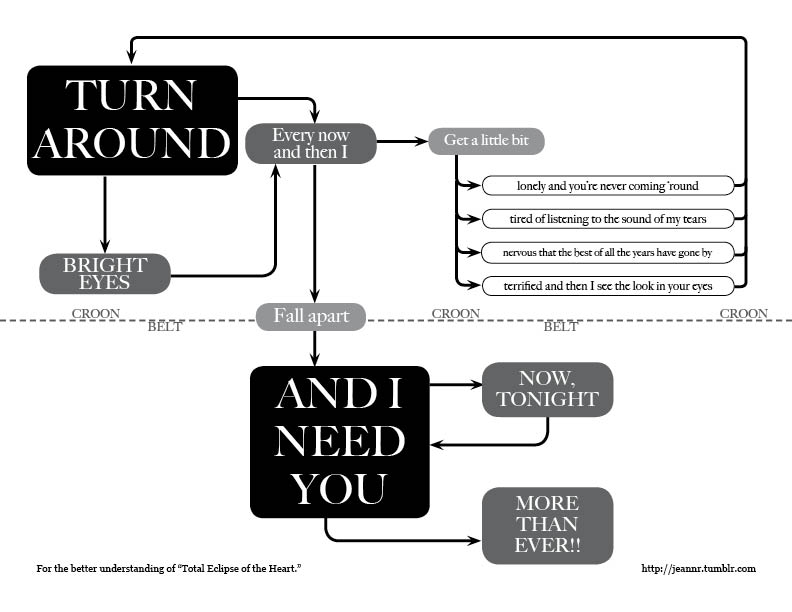Here’s another unit you’ll want to get used to over the next few years: the lumen. If you’re not familiar with it, it’s (roughly) a measure of brightness. A traditional pearl 60W bulb gives out about 700 lumens.
And this is important, because you’re not going to be able to buy a traditional pearl 60W bulb in Europe for much longer – that’s the theory anyway, though a loophole may help out – and it turns out that manufacturers of low-energy replacements have been misleading us somewhat as to how bright they are, claiming that bulbs are ’60W equivalent’, for example, when in fact they’re quite a bit dimmer.
So, look at the lumens, not the watts, because the watts, they are a-changin’.
And I’d better start stockpiling incandescent bulbs until someone produces a low-energy one that works with the dimmer switches that are throughout my house. Thankfully, they’re not far away…
 So said the
So said the 






 Now, given that most iPhone apps cost a pound or two, it may seem ridiculous to pay £14.99 for one! It must be pretty revolutionary, right? No, it’s a dictionary. A
Now, given that most iPhone apps cost a pound or two, it may seem ridiculous to pay £14.99 for one! It must be pretty revolutionary, right? No, it’s a dictionary. A
Recent Comments